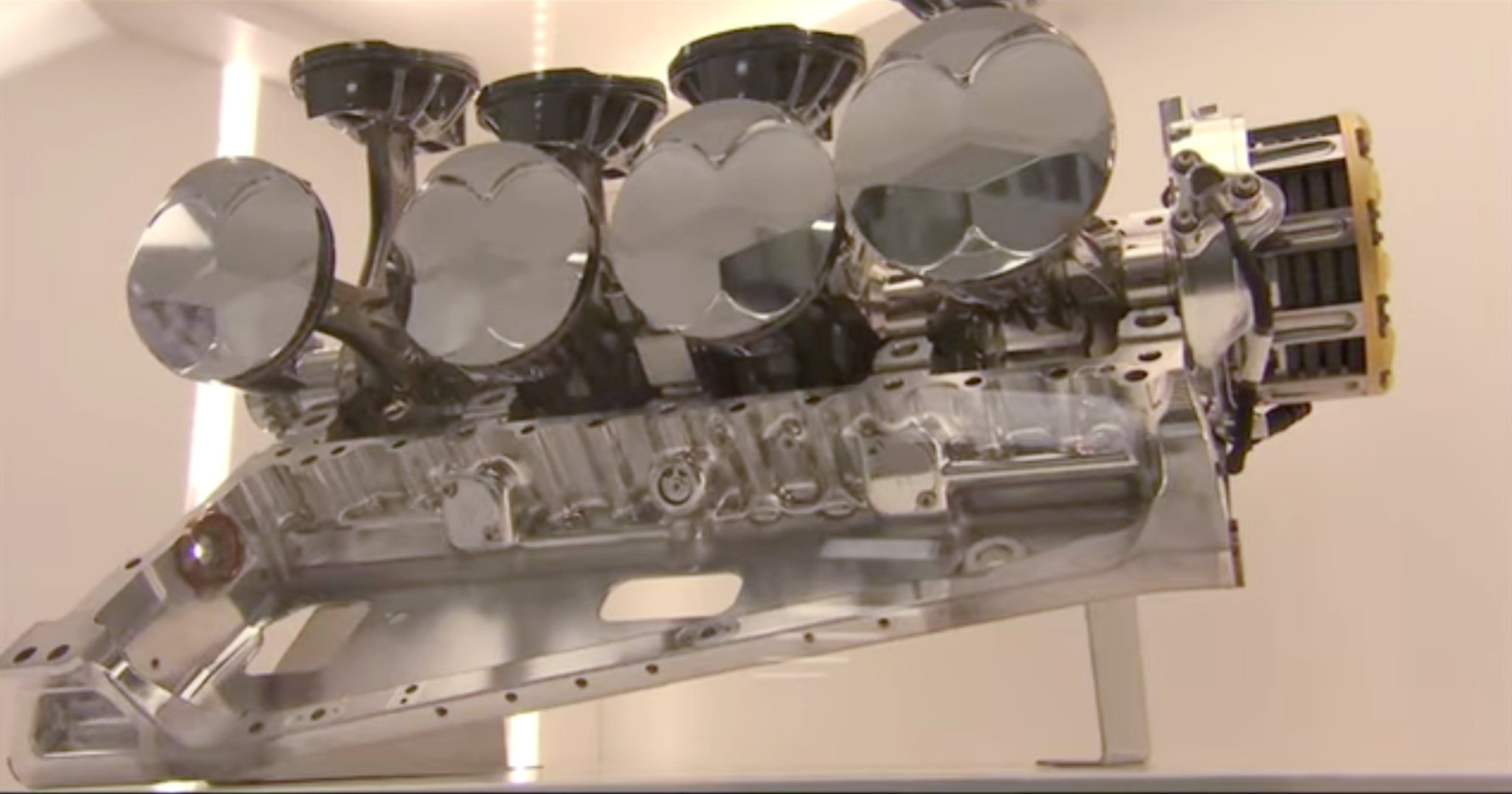saviour stivala wrote: ↑19 Aug 2020, 21:35
Since the 1990 (first formula one engine) after encountering piston related problems Ilmor took control of piston manufacture by machining them in-house. But used Goetze rings. Later on they also Nikasil coated their liners in-house. The valves included angle of the subject engine was 22 degrees with the camshaft running directly in the head.
Greetings Saviour
I had not heard of Goetze rings before and Googled it. It's just a brand, right? No particular technical difference implied by using that name?
The valves on both the V10 and the V8 seem to be radial/compound angled, with two angular dimensions. So, 22 degrees when viewed from the front, between the exhaust and intake valves, and then another smaller when viewed from the side, between the intake valves and between the exhaust valves. Am I seeing that right? Any idea what the second angle is, between the exhaust valves or between the intake valves?
When you say the cams ran directly in the head does that mean no bolted-in caps? So the cams had to be inserted like they would in a small block Chevy, by sliding them in from the front or rear of the head?
I look forward to your answers!
Jon




